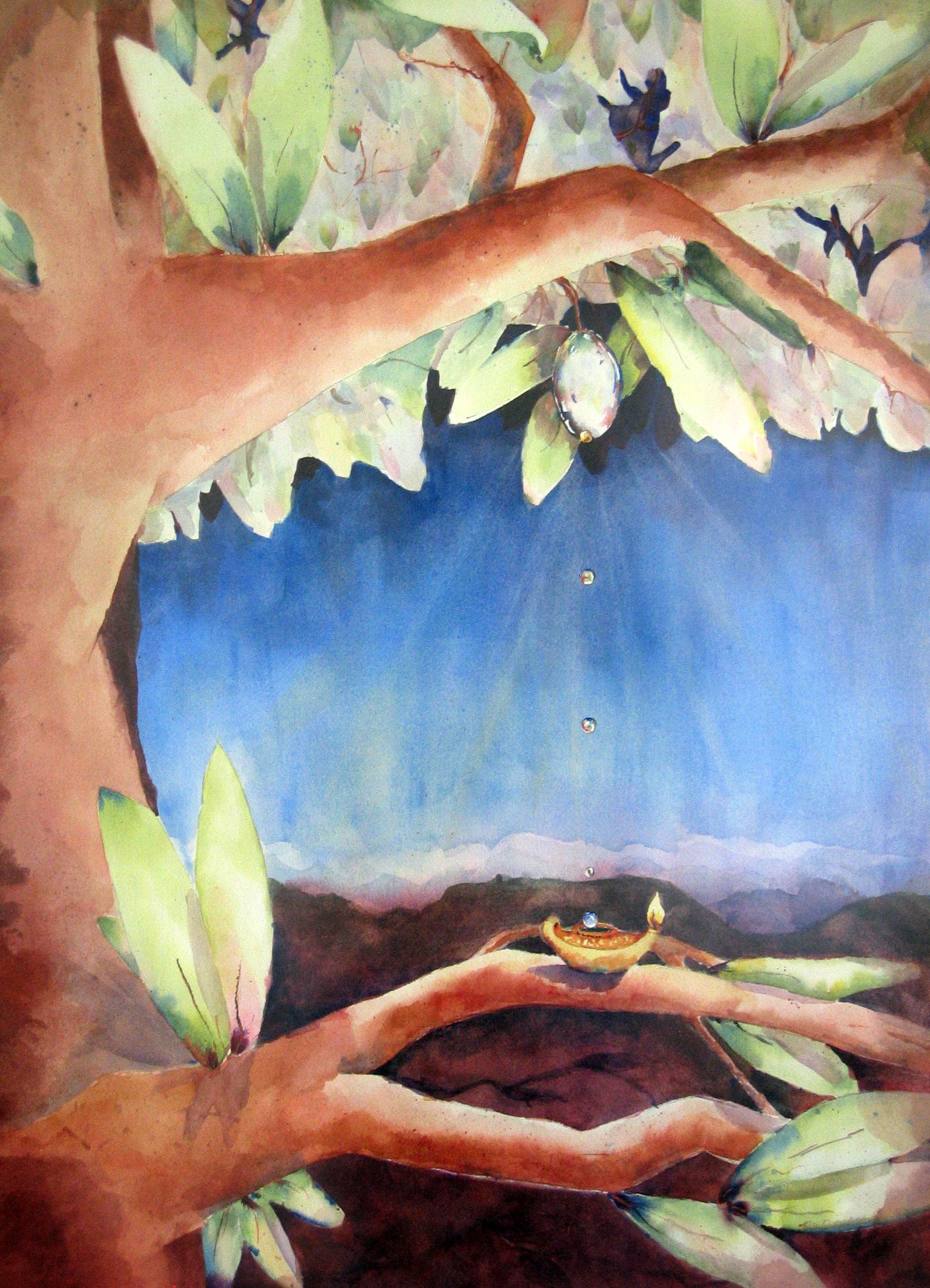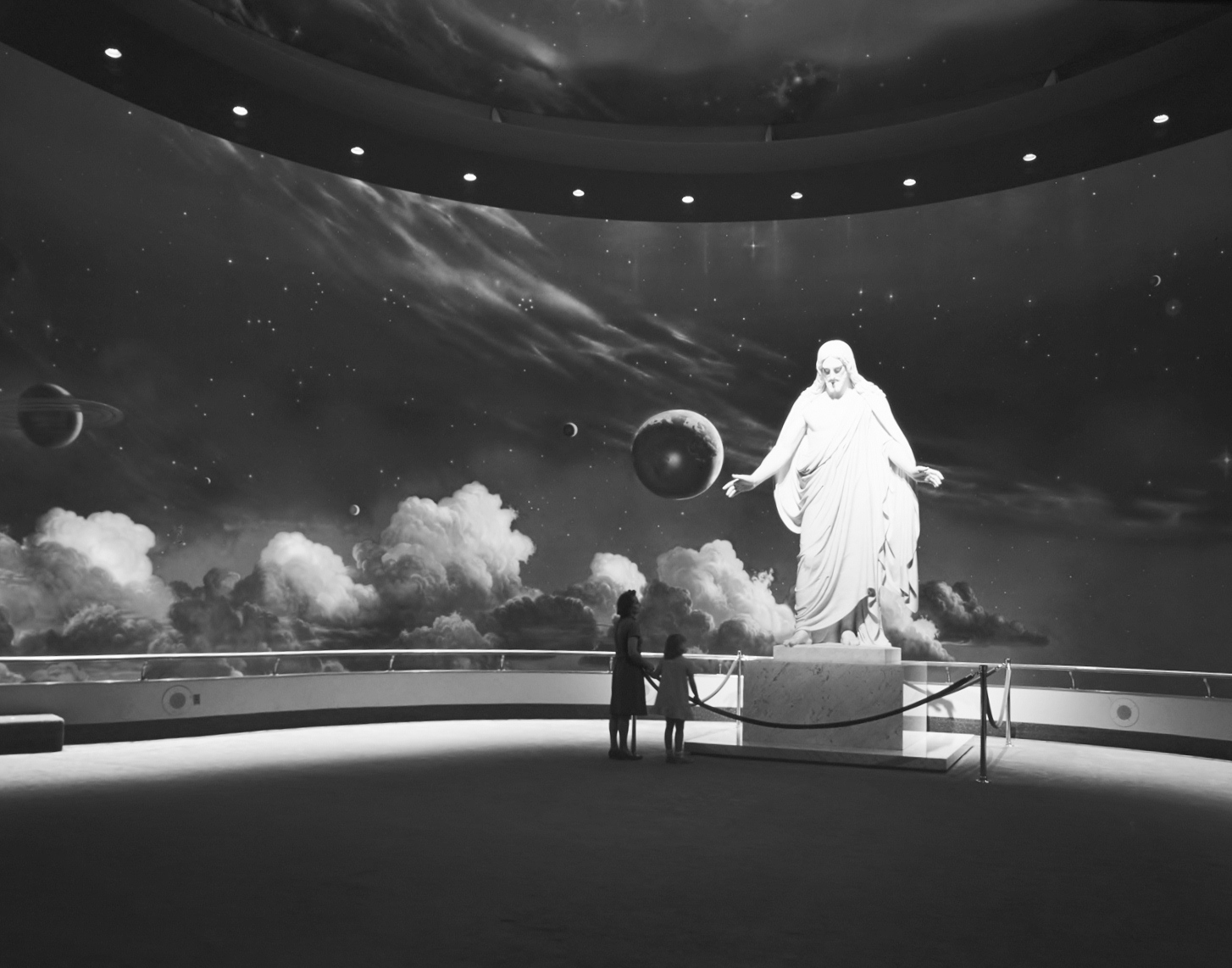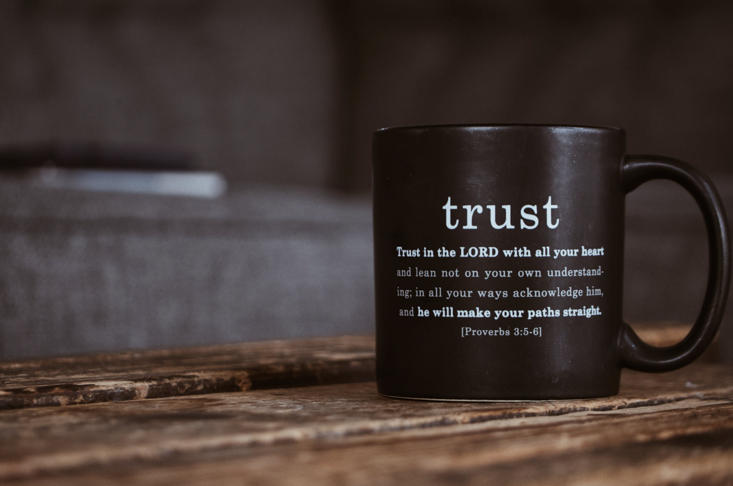Thanks to Danielle Tumminio for this article about her experience visiting the new temple of The Church of Jesus Christ of Latter-day Saints in Missouri. (The temple open house continues this week until Saturday, April 28. The open house is free to the public, but tickets are required.)
She visited the Mormon temple with some questions in mind:
What does a Mormon temple look like, and what happens inside it?Would I feel God’s presence in this space, even though it’s not a space that’s sacred for me?
I appreciate how she started off by addressing a concern many have. Was the intent of the open house to convert her?
Before I go any further — and because I know it’s the question at the front of your mind, dear reader — no one tried to convert me. In fact, everyone was very welcoming. Members volunteered en masse, clad in pressed suits and dresses. They offered guided tours, bent down to put protective boots onto my feet so my shoes wouldn’t dirty the carpeting, and offered me a chewy snickerdoodle at the end of the tour. They showed me every space from changing rooms to sealing rooms where marriages take place and answered every question I asked, no matter how challenging or controversial.
(We know people have questions about our faith and about Mormon temples. Sometimes they are just curious, not interested in actually converting. Addressing curiosity and answering questions is one of the purposes of Mormon temple open houses.)
But I was also moved to hear her describe, through her own experience, what Mormon temples mean to us.
Mormons go to temples to be close to God….
Unlike a cathedral, which is primarily composed of one large worship space, a Mormon temple has a variety of smaller rooms that serve different purposes. There are sealing rooms and rooms for men and women to change into white clothes (every male or female Mormon who enters a dedicated temple wears the same white clothing) and instruction rooms where individuals learn about God in preparation for receiving their endowments [she describes the endowment well, as “a ritual ceremony where followers make promises to God and receive knowledge about God”].It was in these rooms, and the final Celestial Room, where I caught a glimpse of God.You see, as part of our final stop on the tour, our guide took us to a room with a mural of the Missouri countryside painted by a local artist. The room had earthy colors, browns and greens and rows of cushioned seats. This was the first instruction room. From there, we took a step up — as if ascending closer to heaven — and entered a second room, similar to the first in shape and size but all white. This was the second instruction room. When we left that room, we took another step up and entered the Celestial Room, a space designed to give those who sit in it a foretaste of heaven.It was a simple room yet ornate at the same time, all white with sparkling crystal chandeliers, large mirrors, and plump sofas and chairs reminiscent of those that must have existed in Joseph Smith‘s day. Our guide asked us to be silent and said we were welcome to sit wherever we liked and take a moment to pray. So I sat down on a sofa that seemed to envelop me, folded my hands on my lap and closed my eyes.Like Dante, who saw God face to face but had no words to describe the encounter, I have few words to describe what I felt in that moment. But I can say this: While it did not convert me, nor did it make me want to be a Mormon, the silence and peace I felt reminded me of the many other times I’ve felt close to God, whether in an Episcopal cathedral, in a clear, warm ocean or in my ratty old car. And because of that, I came to understand why temples exist and why they are so important to Mormons across the world.
Thank you, Danielle Tumminio, for taking the time to write your experiences and observations. You captured well what our temples mean to us.
Read another article about the Kansas City Mormon temple open house.
Read another one of Danielle Tumminio’s articles, where she describes her experience at the Mormon Hill Cumorah pageant in New York.












